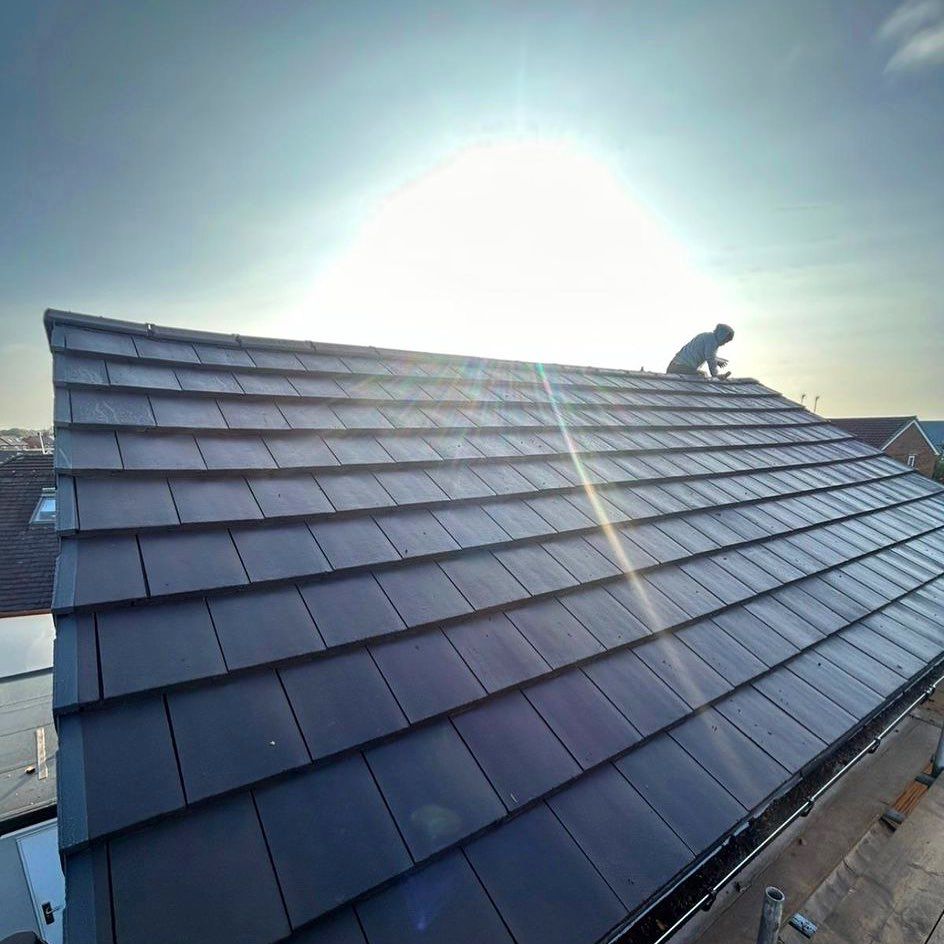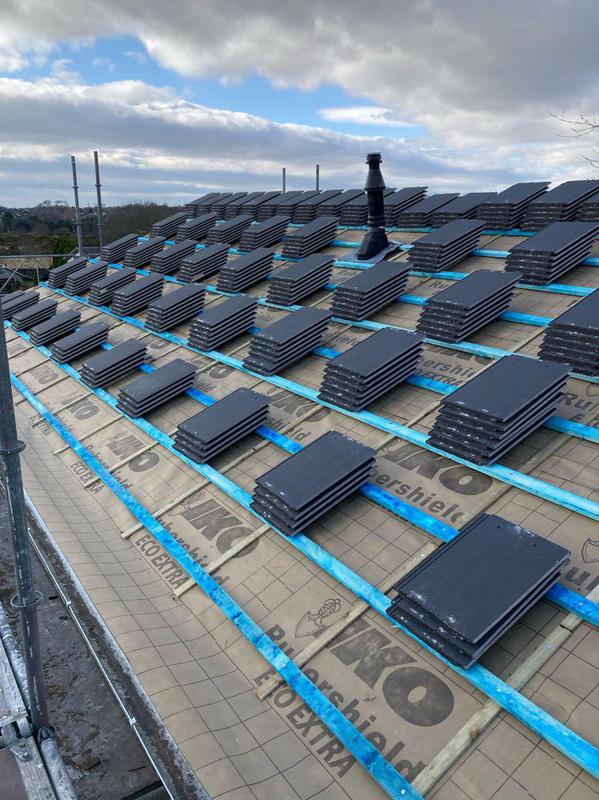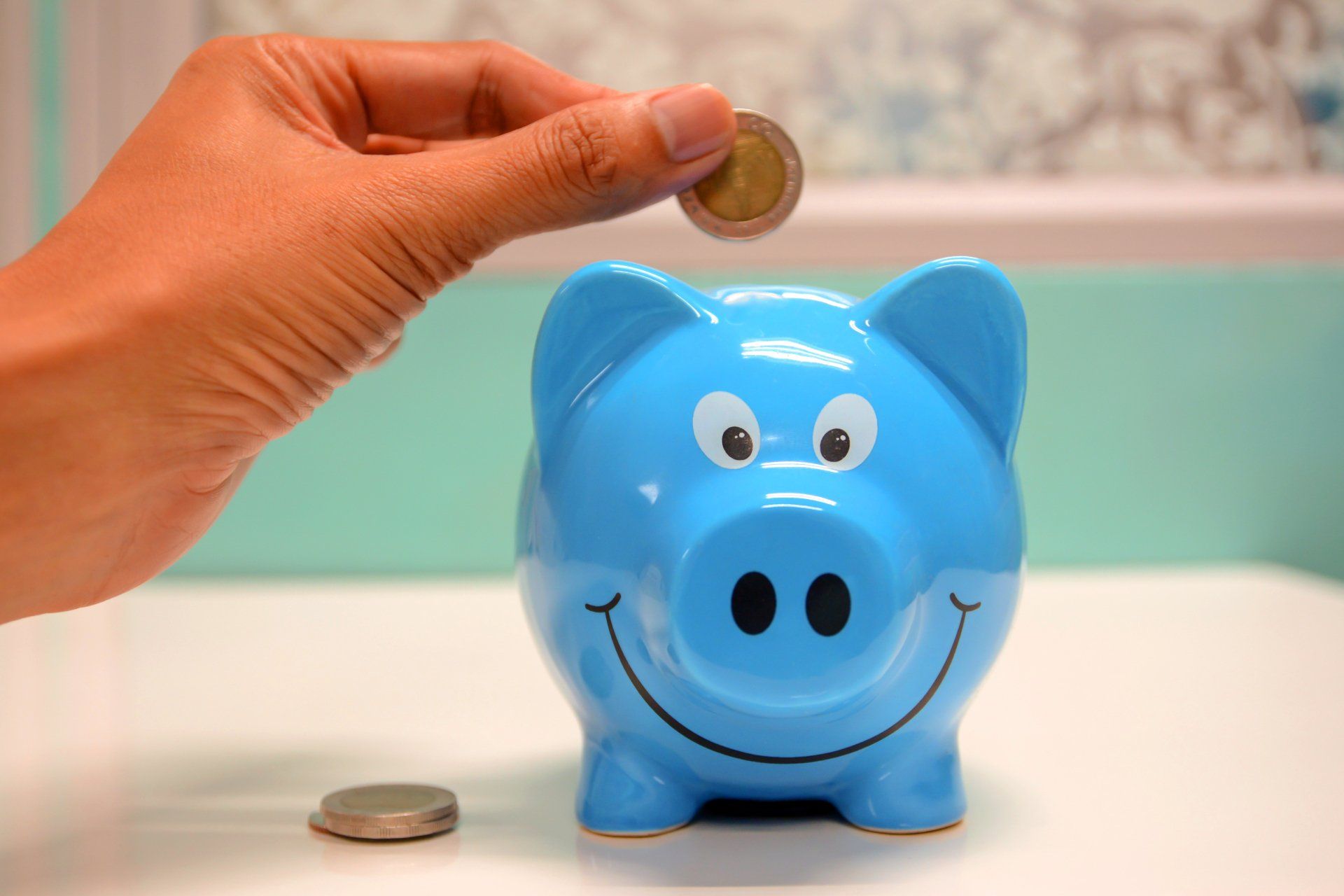The Advantages and Disadvantages of Green Roofs - A Comprehensive Overview
At Roofers Chesterfield, we frequently receive enquiries from property owners who wish to improve their building's eco-friendliness. One of the most commonly asked questions is whether green roofs, also known as living roofs, eco roofs, or rooftop gardens, are worthwhile. These roofs are covered with vegetation and plants. To assist our readers in learning more about green roofs, our roofers in Chesterfield have compiled a list of their advantages and disadvantages. This comprehensive overview will help you make a well-informed decision if you are considering installing one.
Advantages of eco-roofs
- Drainage - green roofs offer improvement in roof drainage by absorbing and storing falling rainwater, improving the overall drainage of your roof. This is particularly important due to 75% of falling rainwater running off into urban areas, heightening the risk of flash floods.
- Lifespan - green roofs protect the underlying roofing material from outside elements such as wind, rain, snow, ice, and ultraviolet rays from the sun. This protection ultimately minimises the occurrence of wear and tear and increases the lifespan of your roof.
- Thermal efficiency - green roofs maximise thermal efficiency by providing an extra layer to help keep heat locked inside your property during the winter. The layer of vegetation also helps to keep your building cool in the summer by absorbing the sun's energy and keeping it away from the roofing materials underneath.
- Air quality - plants absorb CO2 during photosynthesis and release only approximately half of it back into the atmosphere during respiration, making green roofs a great way to counteract carbon dioxide emissions and improve overall air quality.
- Wildlife - green roofs create a healthy habitat for birds, insects, and other wildlife, aiding the environment.
Disadvantages of eco-roofs
- Cost - generally more expensive than traditional roofs due to the extra support required in the roof structure to bear the load of the vegetation and soil. However, the longer design life and thermal efficiency of green roofs can make up for the initial cost over time.
- Maintenance - require more maintenance compared to traditional roofs, as plants and vegetation need regular care to thrive. Roofers Birmingham recommends treating a green roof like a garden and giving it proper maintenance, including feeding, watering, and weeding. This can be done by the property owner or by hiring a professional.
- Extra weight load - the weight of a green roof, which includes the soil and vegetation, can add an extra 50-200kg per square meter to the roof's load. This extra weight may require additional structural reinforcement, depending on the condition of the existing roof.
A green roof, also known as a living roof, eco roof, or rooftop garden, has many advantages, including improved roof drainage, increased roof design life, maximized thermal efficiency, and aiding the environment by reducing carbon dioxide emissions and providing a habitat for birds and insects. However, there are also some disadvantages to consider, such as higher initial cost due to the need for extra structural support, more maintenance requirements, and the additional weight load on the existing roof, which may require additional reinforcement. Despite these drawbacks, our roofers in Chesterfield advise that a green roof can be a valuable investment for those looking to improve the eco credentials of their building and enjoy the benefits of a more sustainable and environmentally-friendly roof.
For an overview of our services check our Roofers Chesterfield, we offer free professional advice and competitive quotes.
You might also like


